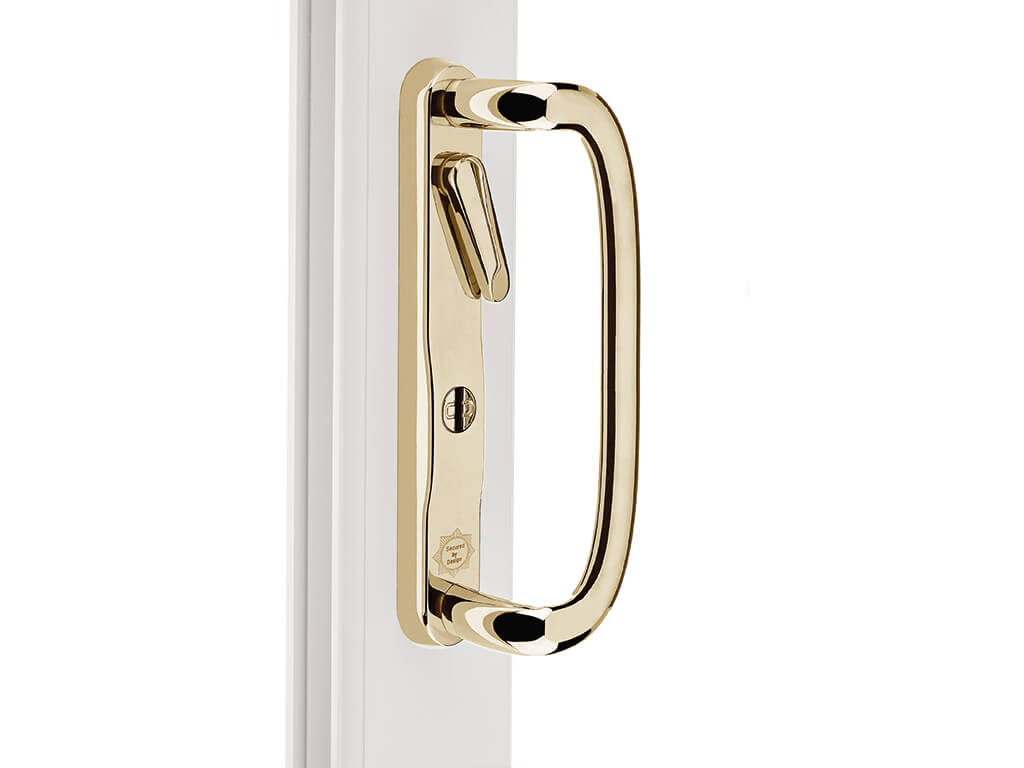
Walking around the FIT Show, I was struck by how many products are now being marketed as achieving the ‘Lifetime Homes’ standard. This is the standard which aims to make sure that a home being built today will continue to be convenient for a wide range of occupants, which can include young families, wheelchair users and the elderly.
It’s more demanding than Part M of the Building Regulations which only covers accessibility of buildings; and it addresses future adaptability and design features to make a home flexible enough to meet the changing needs of occupants at different stages of their lives as well as the needs of any future occupants.
There are sixteen criteria in the standard covering things like parking, stairs, lifts, space to adapt bedrooms and bathrooms and space for wheelchairs, but the one which affects us is Criterion 15 ‘Glazing and window handle heights’.
This states that windows in the living space should be positioned so that people can see out of them when they are sitting down and that at least one opening light in each habitable room should be approachable and usable by people with restricted movement and reach.
In practice, it means that glazing should start no higher than 800mm above floor level and, apart from in kitchens or bathrooms with only one window, there must be a route 750mm wide so that a wheelchair user can approach. From a hardware perspective, the most important part of the requirement is that handles or window/door controls should always be positioned no higher than 1200mm from the floor.
At the moment, it’s largely in London where all new flats and houses are required to adopt the standard, but the Welsh Assembly and the Northern Ireland Housing Executive as well as several major Housing Associations all require the Lifetime Homes Standard in their funded developments.
Developers building to the Code for Sustainable Homes are also using the standard to get four credits for the ‘Health and Well-being’ section of the code so it’s definitely something to be aware of if you’re working in new build.
Mila certainly has already addressed the standard and we now have products across our range which already comply.
For example, we’ve recently developed inline sliding patio hardware which not only meets the criteria of Lifetime Homes but also meets the requirements of Part M and the infamous Part Q of the Building Regs. The hardware is also SBD approved and has successfully achieved the PAS24: 2012 standard on a patio measuring 3m x 2.4m. We are not aware of any other patio on the market that can boast these credentials.
We can also supply the Mila Twin Cam espag with offset gearbox that allows the manufacturer to place the handle 210mm from the bottom of the window sash. This allows easier access for wheelchair users and again the hardware has achieved PAS24: 2012, Part Q and SBD approval.
Also, within our ProStyle door handle range, we have a lever that can be attached to the backplate which meets the dimensional requirements for disabled/infirm use.
As I see it, Lifetime Homes is not a challenge but an opportunity. Moving forward, it will certainly be adopted by more social housing providers, and an increasing number of private sector developers will choose to build to the standard as well. It’s obvious that it gives them access to a wider market of buyers and residents and, in theory, increases both the long term value of the houses and their saleability.
By showing an awareness and understanding of the requirements at this stage, I think fabricators and installers are putting themselves ahead of the pack.
As always, you can contact me for more information via: scooke@mila.co.uk or via Twitter:@StraffordCooke


